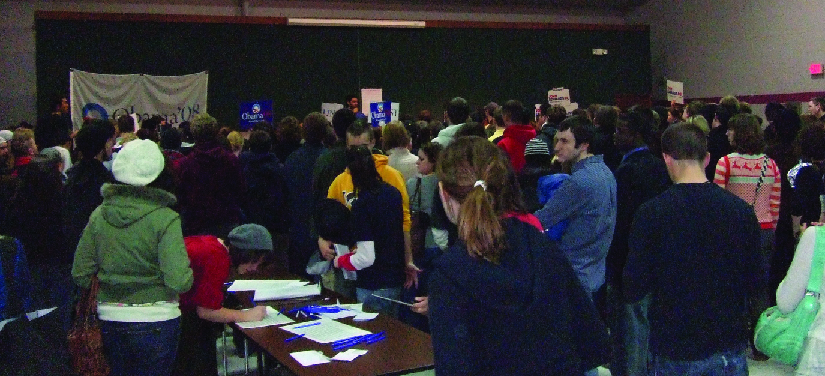| << Chapter < Page | Chapter >> Page > |
Visit the following Republican and Democratic sites to see what party organizations look like on the local level. Although these sites are for different parties in different parts of the country, they both inform visitors of local party events, help people volunteer to work for the party, and provide a convenient means of contributing to the party.
First, state-level organizations usually accept greater fundraising responsibilities than do their local counterparts. Statewide races and races for national office have become increasingly expensive in recent years. The average cost of a successful House campaign was $1.2 million in 2014; for Senate races, it was $8.6 million.
State organizations are also responsible for creating a sense of unity among members of the state party. Building unity can be very important as the party transitions from sometimes-contentious nomination battles to the all-important general election. The state organization uses several key tools to get its members working together towards a common goal. First, it helps the party’s candidates prepare for state primary elections or caucuses that allow voters to choose a nominee to run for public office at either the state or national level. Caucuses are a form of town hall meeting at which voters in a precinct get together to voice their preferences, rather than voting individually throughout the day ( [link] ).

Second, the state organization is also responsible for drafting a state platform that serves as a policy guide for partisans who are eventually selected to public office. These platforms are usually the result of a negotiation between the various coalitions within the party and are designed to ensure that everyone in the party will receive some benefits if their candidates win the election. Finally, state organizations hold a statewide convention at which delegates from the various county organizations come together to discuss the needs of their areas. The state conventions are also responsible for selecting delegates to the national convention.
The local and state-level party organizations are the workhorses of the political process. They take on most of the responsibility for party activities and are easily the most active participants in the party formation and electoral processes. They are also largely invisible to most voters. The average citizen knows very little of the local party’s behavior unless there is a phone call or a knock on the door in the days or weeks before an election. The same is largely true of the activities of the state-level party. Typically, the only people who notice are those who are already actively engaged in politics or are being targeted for donations.

Notification Switch
Would you like to follow the 'American government' conversation and receive update notifications?